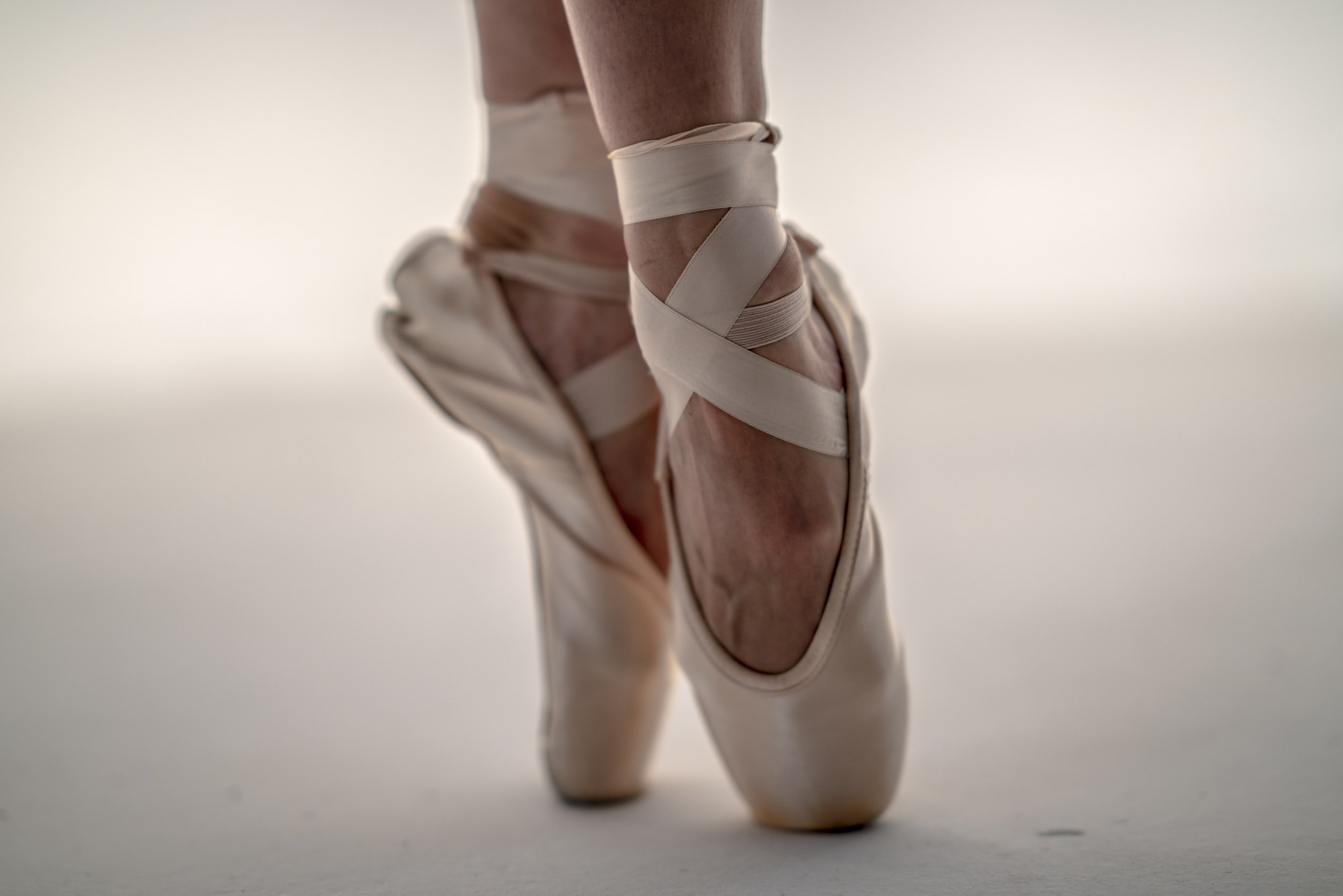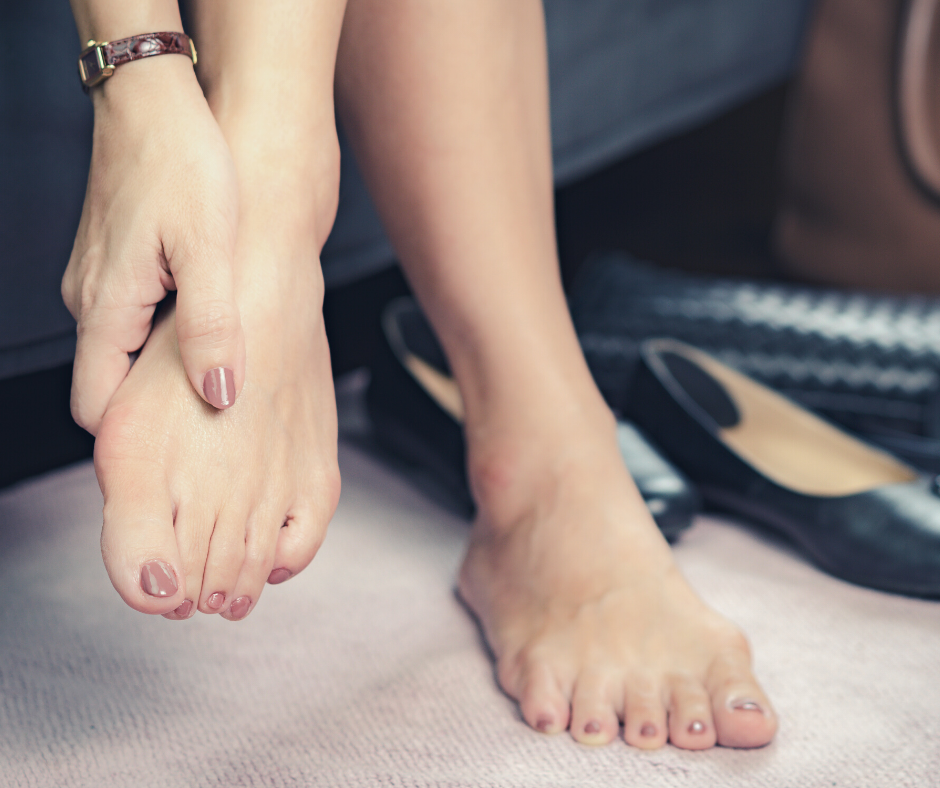
Foot and Ankle Conditions
The foot and ankle are the foundation for our movement, balance, and equal distribution of our body’s weight. Maintaining foot and ankle health is critical to engage in our daily activities and participate in athletics. Our feet and ankles experience consistent wear and tear as we walk, run, and stand, which contribute to foot and ankle sprains, strains, and irritation. Physical therapy provides effective treatment for most foot and ankle conditions and injuries.
Achilles Tendonitis
Achilles tendonitis is an inflammation of the Achilles tendon, often due to overuse that leads to swelling, pain, and irritation. The Achilles tendon is the largest, strongest tendon in the body, connecting the calf muscles to the heel bone and allowing you to jump, walk, run, and stand on the balls of your feet.
Achilles tendonitis occurs when the tendon becomes irritated and inflamed due to repetitive stress on the tendon or a sudden increase in the amount or intensity of exercise that places too much stress on the Achilles tendon. Symptoms include pain and stiffness along the Achilles tendon or back of the heel, severe pain the day after exercising, thickening of the tendon, and swelling.
Physical therapy is the most common treatment for Achilles tendonitis to decrease pain, strengthen the affected area safely, improve mobility and flexibility, and return patients to daily activity and sport. Treatment involves an individualized exercise program with progressive stretching, flexibility, and strengthening exercises, manual therapy, foot orthotics, and functional training.
Ankle Sprain
An ankle sprain is a common injury that occurs when the foot twists or turns beyond its normal range of movement, causing the ankle’s ligaments to overstretch or tear. Ankle sprains account for 45% of sports injuries in the United States.
Symptoms include ankle pain, swelling, inability to stand or walk on the affected foot, throbbing sensation, stiffness and weakness in the ankle, and feeling of instability in the ankle.
Physical therapy is the first line of treatment for ankle sprains. Physical therapy can help you recover from a sprain more quickly and allow the ankle to heal properly and return to its pre-injury strength and mobility. Physical therapy treatment includes management of pain and swelling, manual therapy, balance and functional training, and therapeutic strengthening and range of motion exercises.
Posterior Tibial Tendon Dysfunction
Posterior tibial tendon dysfunction (PTDD) is one of the most common problems of the foot and ankle that occurs when the posterior tibial tendon is inflamed or torn, leading to an acquired flat foot.
PTDD commonly results from overuse due to repetitive loading on the tendon that causes microtrauma, inflammation, and eventually a tear of the posterior tibial tendon.
Physical therapy can restore flexibility and strength in the foot and ankle, alleviate pain, and help patients return to the highest level of function.
Peroneal Tendinopathy
Peroneal tendinopathy is a condition involving inflammation of the peroneal tendons, which run along the outer ankle bone and side of the foot. Peroneal tendinopathy is often due to overuse or a sudden increase in activity.
Symptoms include pain and soreness in the back and outside of the lower leg and ankle, pain that increases with more activity, swelling and warmth to touch in the tendon area, and pain when pushing off the ball of the foot.
Physical therapy can help to reduce strain on the ankle and foot and strengthen the ankle muscles to withstand the demands placed on them.
Plantar Fasciitis
Plantar fasciitis is a common foot condition that develops due to repeated activities that strain the plantar fascia of the foot. The plantar fascia is a thick band of connective tissue located at the bottom of the foot, running from the bottom of the heel bone to the toes at the ball of the foot. The plantar fascia helps with shock absorption when walking and supports the foot arches while weight-bearing.
Symptoms of plantar fasciitis include stabbing pain on the underside of the heel and a sensation of tightness and tenderness along the arch of the foot. Pain is common when stepping out of bed in the morning, standing for a long period of time, after intense running or jumping, and when climbing stairs.
Physical therapy for plantar fasciitis includes gait training; stretching exercises for ankle and plantar fascia flexibility; strengthening exercises to improve the strength of supporting muscles of the hip, knee, ankle, and foot; kinesiotaping; orthotics; dry needling; and manual therapy to improve pliability of the plantar fascia for improved walking and weight-bearing.
Turf Toe
Turf toe is an injury that occurs when the big toe is forced into extreme positions of hyperextension, causing a sprain in the toe’s main joint. It commonly occurs on artificial turf when an athlete pushes off to sprint or is tackled with the front of the foot fixed and jammed into the turf.
Symptoms of turf toe include pain at the base of the big toe that intensifies when extending or putting pressure on it, popping sensation at time of injury, swelling and stiffness in big toe, cramping in the arch of the foot, and bruising and swelling in the injured area.
Physical therapy is key to limit stiffness in the big toe and safely heal and strengthen the injured area. Physical therapy treatment includes range-of-motion exercises, muscle-strengthening exercises to restore toe strength and stability, manual therapy, balance, coordination, and agility exercises, and sport-specific training.
Trigger Toe
Trigger toe is a foot condition that is commonly found in dancers. The big toe becomes permanently flexed due to an injury to the tendon controlling the toe’s movement.
When a ballerina performs “en pointe,” or in pointe shoes, contributes to this injury as this places intense stress on the big toe.
Physical therapy can help relieve pain and restore function in the foot and toe through targeted foot-strengthening exercises and manual therapy.
Bunion Pain
A bunion is a bony bump that develops at the base of the big toe. Over time, bunions can change the anatomy and biomechanics of the foot, negatively impacting an individual’s mobility and function and causing pain.
Symptoms include pain and swelling in the big toe joint that worsens with standing and walking, gradual enlargement of the bump on the side of the foot that becomes inflamed and swollen, pain when wearing shoes, changes in balance and gait, and crossing of the big to and lesser toes.
Physical therapy can reduce bunion pain, increase the function of the big toe, improve muscle strength in the foot and ankle, and restore walking ability.






